I write in response to your recent report on biophilic design (06.09.19).
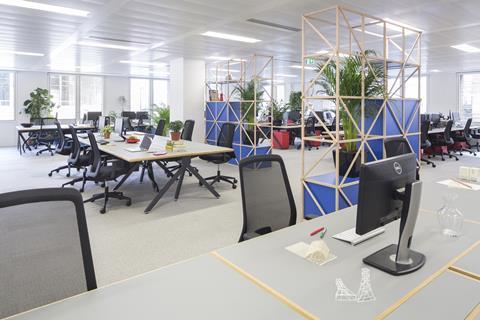
It’s an interesting question about whether the concept of biophilic design will catch on or not. I would argue that it is almost impossible for it not to.
The more evidence of its benefits that comes to light, the less architects, designers, builders and developers can keep a competitive advantage without employing some of the many solutions available for helping implement biophilic design in the built environment.
As a company, we often receive feedback from clients subsequent to an installation and it is always astounding to hear how our work can have such a positive impact at every level.
If we take an office planting scheme, for example, within weeks the staff will name the plants and will be looking after them without any encouragement at all. The urge to nurture comes naturally and this has a profound impact on our psychological wellbeing.
We see similar results from interior and exterior green wall installations that tend to have more of a visual impact, creating a sense of awe and wonder.
We can therefore see direct benefits of biophilic design in the sense that we can positively affect the wellbeing of the users of our urban spaces. On top of that, planting schemes and green walls offer pleasant visuals and can help to improve air quality and manage humidity levels, too.
All these elements go towards creating more healthy, engaging and sustainable built environments.
It never ceases to amaze me that a simple plant can have such a profound impact, both directly and indirectly, on our wellbeing.
Alexander Bond, founder, Biophilic Designs







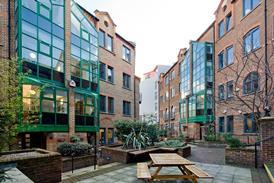
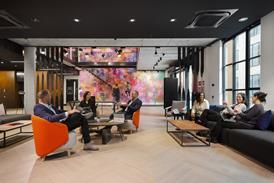

















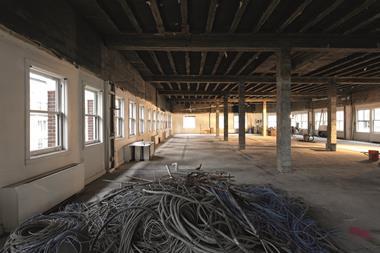


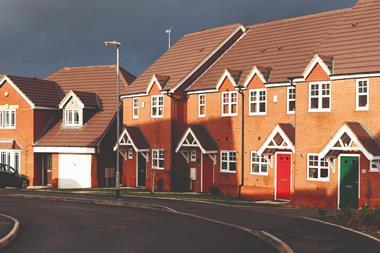
No comments yet